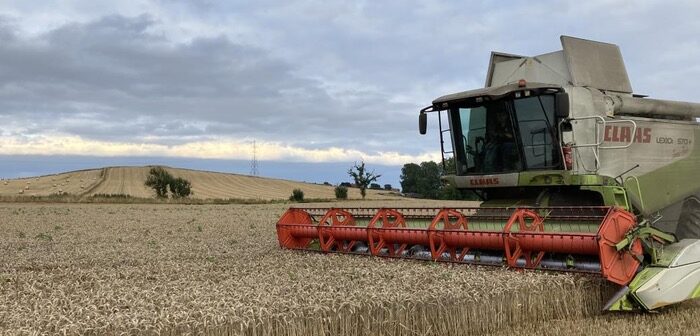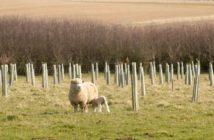An exciting new upgrade to Agrecalc’s farm carbon calculator promises to unlock new opportunities in both emissions and cost savings for farmers.
The new nitrous oxide model was launched in the autumn by Agrecalc and will support farmers to understand and reduce their fertiliser use to enable lower carbon livestock and cereal production.
This is a pertinent development as farmers plan to optimise their fertiliser use for the year ahead and will support them to keep on track with global policy commitments, including discussions which took place at COP27 on how the fertiliser industry can minimise its impact on global warming.
Developed by researchers at SRUC with on-the-ground advisory input from SAC Consulting, Agrecalc’s new nitrous oxide (N2O) model is designed specifically for UK soils. This makes it easier for UK farmers to monitor and analyse N2O use and how it can be reduced on farm, explains Agrecalc’s agricultural systems modeller, Kaia Waxenberg:
“Agrecalc’s new nitrous oxide emission equations comply to IPCC tier 2 standards. This update improves our calculations for fertiliser and manure use to make them more specific to UK climate and soils, providing more applicable data to inform on-farm decisions.
“Food production has intensified in the last few decades to feed a growing population, and chemical fertilisers have played a crucial role in increasing crop yields. However, these fertilisers are energy-intensive to produce and contribute to pollution of air, soils, and water. Fertiliser application releases nitrous oxide, a potent greenhouse gas which poses risks to global climate.
“At Agrecalc, we are developing software tools to support farmers and supply chain actors in reducing their carbon footprint through improvements to resource use efficiency, mitigation technologies, and nature-based solutions. We aim to guide farmers towards evidence-based decisions which improve productivity, profitability, and sustainability. Focusing on fertilisers is absolutely crucial: cost savings on fertilisers improve financial margins and reduce carbon emissions.”
Agrecalc is also releasing a new platform in early spring 2023 which will further improve fertiliser calculations by adding nitrification and urease inhibitors to the farm carbon tool.
Other future releases will include improvements to the user experience, automatic data input from third-party sources, such as farm management and crop recording platforms, and the ability to calculate emissions from specialised feeds and crops in addition to the more commonly grown UK crops.
Unlike some of its competitors, Agrecalc reports emissions for the whole farm in addition to enterprise- and product-specific carbon and resource efficiency reports.
“The allocation of emissions across the whole farm is something that is quite specific to Agrecalc,” continues Ms Waxenberg.“For example, if you grow silage that you feed to cattle on the farm, Agrecalc, unlike other tools, automatically allocates that to the cattle enterprise. This and other areas of greater detail, such as inclusion of livestock performance and efficiency metrics and detailed feed emissions, arguably give a more meaningful result.”
Supporting arable and livestock farming
In Scotland, the Scottish Government is rolling out its new National Test Programme, offering grants towards a carbon audit to set a national baseline on which future rural payments will be dependent. A number of businesses and organisations are using Agrecalc to produce these audits, including farmer cooperative Scottish Agronomy as part of its carbon auditing service to its 260+ growers across Scotland.
Agronomist Stevie Gray, who is leading the service for its members, said the team had looked at a number of farm carbon calculators, and “Agrecalc was the most comprehensive and straightforward to use to get the most useful calculation across enterprises. This new model will be an interesting guide for farmers on where they can make timely savings in costs and gross emissions.”




